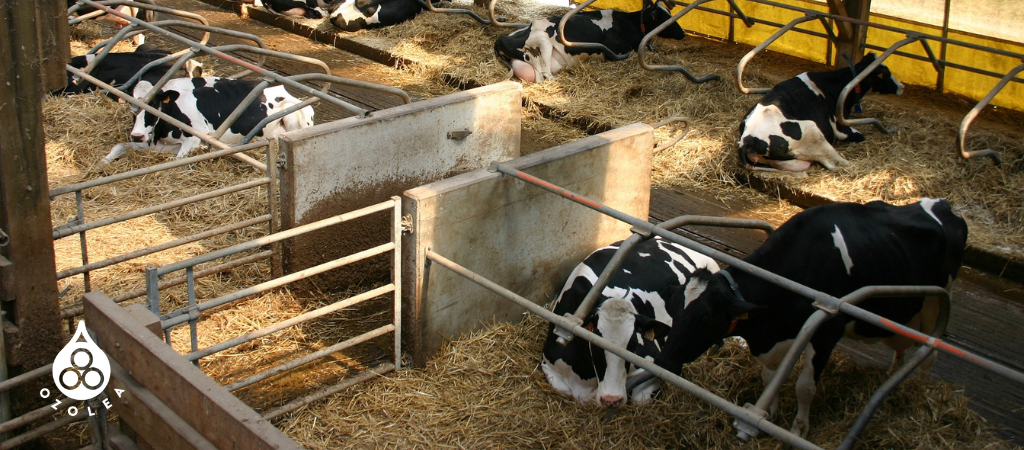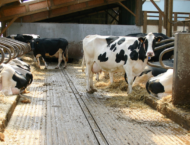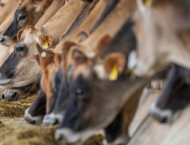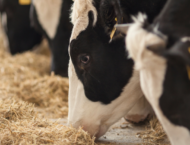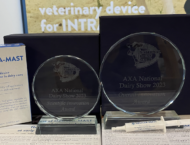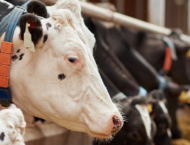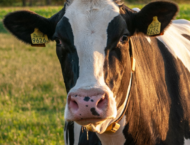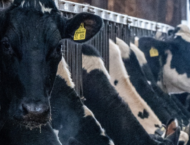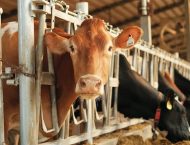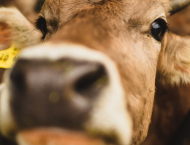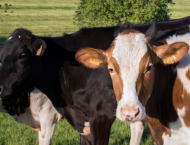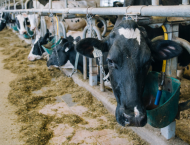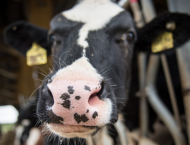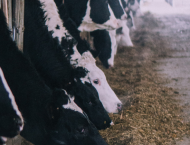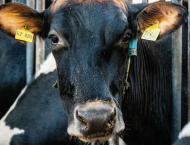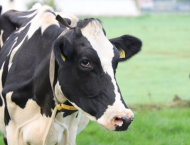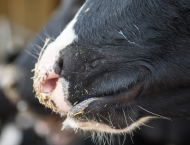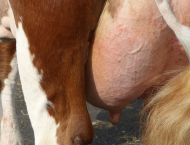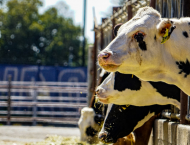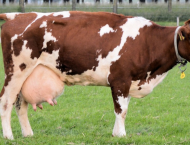Mastitis occurring in primiparous cows threatens udder health and production with consequences in the first and future lactations.
Many factors contribute to the magnitude of the effects of mastitis in first lactation, both at cow and herd level. Among them are the form of mastitis (clinical or subclinical), type and virulence of pathogens, infection onset timing with respect to calving, the cow’s immunity, successful cure versus persistent infections.
Concerning subclinical mastitis, first-parity cows with high somatic cell counts (SCCs) in early lactation maintain high SCC for the entire duration of the first lactation, showing a compromised udder health with the risk of persistency in case of coagulase-negative staphylococci. One key aspect is that mammary growth continues through lactation in heifers: this means that the presence of intra-mammary infections (before calving and at the early stages of lactation) are likely to disturb this process, thus affecting milk production.
Regarding clinical mastitis, severe cases in first-parity cows may lead to increased culling rates. With a compromised udder health, clinical cases also affect future milk production, with yield losses of 1-5% (De Vliegher and colleagues, 2012), producing substantially less than healthy first-parity cows. The impact on both udder health and milk production may significantly increase the risk of culling first-parity cows, thus reducing herd longevity.
In economic terms, subclinical and clinical mastitis affect farmers’ profit due to higher costs of increased culling rates, decreased production, costs incurred to rear heifers, and treatment expenses.
Aiming at prevention and control, how to approach mastitis in heifers?
Undoubtedly, prevalence and incidence rates vary from farm to farm, however mastitis in primiparous cows is a multifactorial disease, thus efficiency and optimization of all the aspects behind it are a must. Thus, the goal should be reducing the occurrence of mastitis in first-parity cows by customizing practices to each farm. Attention to control and prevention around calving should be brought at high levels, as this is the moment of highest susceptibility in heifers.
At cow level, the integrity of epithelial tissues in the udder is essential in defense, as they represent the first line of defense against infections and pathogens. Moreover, in case of biofilms, bacteria can further exploit damaged tissues, thus leading to mastitis recurrence.
Supporting and protecting the mammary tissue is a strategic approach along with prevention and control practices.
To achieve this goal, OZOLEA created OZOLEA-MAST, a no-withdrawal veterinary device for intra-mammary use in dairy cows, both for lactation and drying-off. It consists of a single ingredient, a pure vegetable oil, which is bio-engineered through the exclusive OZOLEA technology. This process modifies some of the oil’s fatty acid chains, thereby allowing the product, once in contact with the inner wall of the teat canal, to form a physical film barrier with two main functions:
- to create an uncomfortable environment for bacteria and, thus, slow down the aggressiveness of possible bacterial attacks;
- to exert self protection for the tissue from exposure to the external environment and from bacterial attack, allowing it to proceed with the natural regeneration process.
Primiparous cows represent the future of the entire herd. Intervening promptly in such cows means reducing the occurrence of mastitis cases and improving functional longevity at herd level. OZOLEA-MAST allows a prompt intervention at the very first signs of mastitis: its use in primiparous cows will give such animals a chance to continue producing milk.
References
De Vliegher S, Fox LK, Piepers S, McDougall S, Barkema HW. Invited review: Mastitis in dairy heifers: nature of the disease, potential impact, prevention, and control. J Dairy Sci. 2012 Mar;95(3):1025-40. doi: 10.3168/jds.2010-4074. PMID: 22365187.
Mammary epithelial tissue integrity is vital to autonomous defense mechanism.
https://www.ozolea.it/mammary-epithelial-tissue-integrity-is-vital-to-autonomous-defense-mechanism/
Cover image available here.

